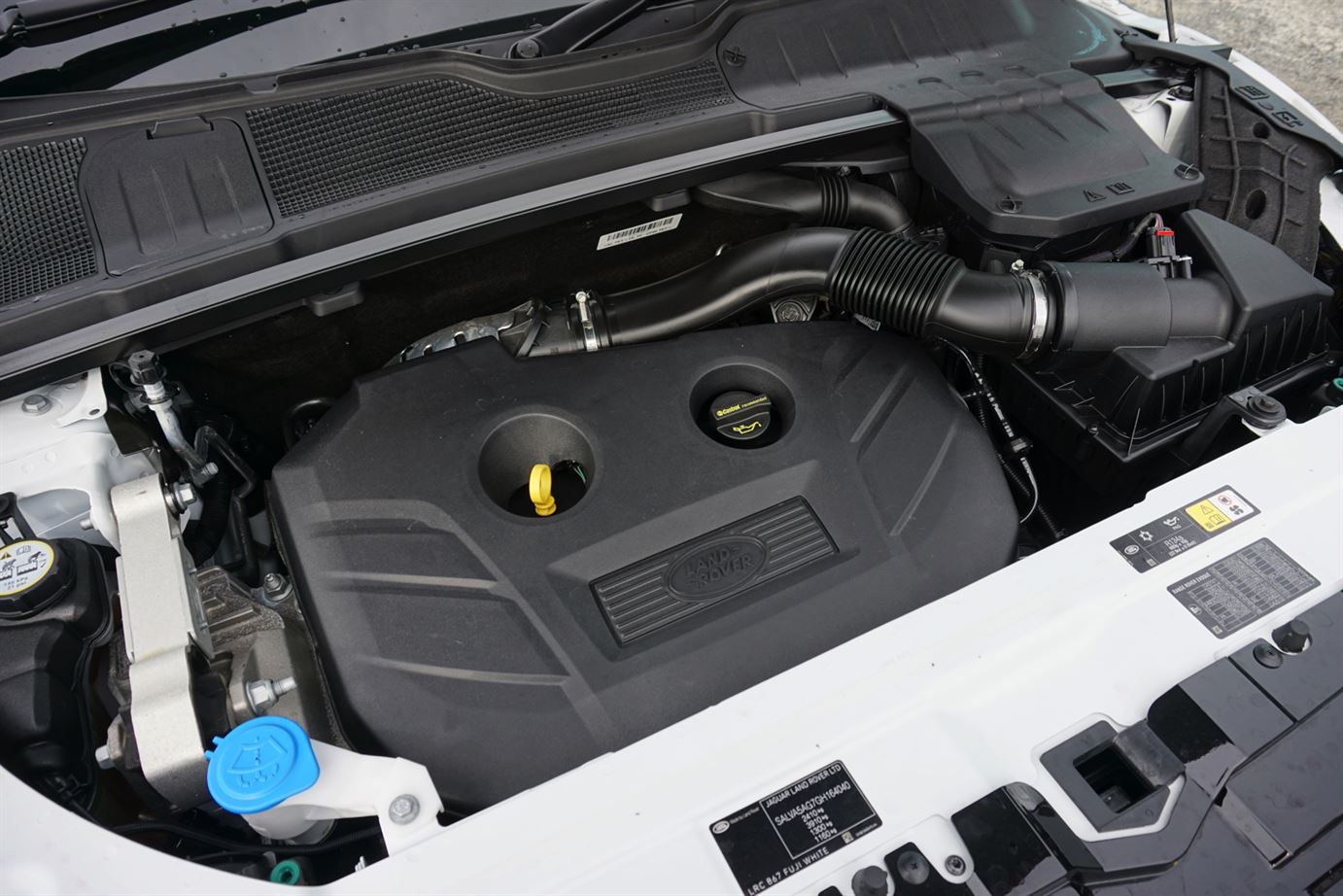Range Rover Evoque 2016 new convertible car review
Every sector of the automotive market has been infiltrated by the SUV trend; even coupes now get the treatment.

Pretty much every sector of the automotive market has been infiltrated by the SUV trend; small, medium, large, luxury, sports - even coupes now get the treatment.
It was only a matter of time before the convertible market saw at least a little of the cross-pollination. That first taste for New Zealand has arrived in the form of the Range Rover Evoque convertible.
We have seen four-wheel-drive convertibles before, in the rugged soft-top style like the Land Rover Defender and Mitsubishi Pajero. Let’s also not forget the Suzuki X90 of the 1990s, but that was more of a targa-top than a convertible.
The first modern iteration was the Nissan Murano convertible, only ever built in left-hand-drive, and by all accounts not very good. That is little surprise. Taking a large, heavy high-riding vehicle and cutting the roof off is always going to cause some compromises.
Working from the base of its compact Evoque, Land Rover has come up with something that has few significant compromises and makes for one of the better all-around drop-tops on sale.
The Evoque differs little in size, space and looks from its base. The rear seat is still usable, the boot still adequate. It is 251-litres in volume and nearly brick-like in shape.
We went away for the weekend and were able to take a reasonable amount of personal luggage each, and a small chilly bin. The biggest surprise? It is the same size roof up, or roof down, a rare achievement.
Ingenium ingenious
The new ‘Ingenium’ petrol engine is excellent. It produces numbers very similar to those of the one Ford unit it replaces in the Evoque lineup, at 177kW and 240Nm, but becomes a star when paired with the smart eight-speed automatic transmission, driving all four wheels. It is linear, smooth, and even sounds a little sporty. It will run from 0-100km/h in 8.6 seconds.
The company claims it is relatively efficient at 7.8-litres per 100km. In practice, it is always going to be hard for a small engine to pull a heavy vehicle without burning a little fuel, and during a week of some spirited rural driving, we saw the average rise nearly as high as 12-litres per 100km. The car, at a smidge over 1900kg, is 280kg over a standard Evoque.
Land Rover has done an excellent job of stiffening the Evoque with the roof structure gone, and while you can feel a little flex, it is not massively obvious. That means much of the dynamic ability of the standard Evoque remains. The grip is immense, although it does feel like it wants to push a bit when pushed. It will go offroad; reports are that it goes offroad very well. It carries Land Rover’s Terrain Response system.
There is a catalogue of airbags, stability controls, and driver assists - although most of the intelligent tech, such as adaptive cruise control, forward alert, lane departure warning intelligent emergency braking and blind-spot monitoring are on the options list. As is, oddly, keyless entry. There is also a roll stability system and pyrotechnic rollover bars. Just in case.
In Touch
The Evoque carries Land Rover’s new InControl Touch Pro system. An extra-wide touchscreen for controlling your phone, GPS, climate control and other vehicle functions. It has one of the nicest designs we have seen in a touch screen interface. We would still love to see Apple CarPlay included.
Our car was fitted with a Black Design Park, riding on 20-inch black satin wheels, and dark trim. In white, it looks spot on. But at $5,950 it should be!
The options list is the worst thing about the Evoque - at $118,000 it is not awful value, but we added up the options, and you could easily end up with a bill of $143,440.
That is enough for a standard Evoque and a brand new Mazda MX-5. But why have two cars when you don’t need to?
Image gallery
Also consider






